Tourism
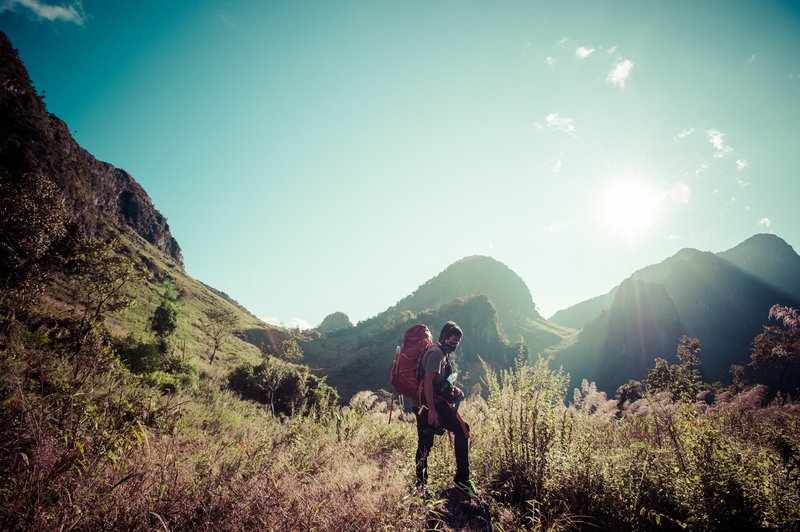
Tourism
If you like to travel, Poland is the country for you. You can see magnificent untouched nature, seaside and mountain resorts, as well as cities whose roots date back to the Middle Ages. Poland has around dozen separate geographical regions, which differ in landscape, type of tourist attractions and sometimes even climate. In Poland, we simply have everything! Sandy dunes, a real desert, an extraordinary primeval forest, as well as high and soaring mountains – perfect for lovers of climbing. The Stołowe Mountains, located at the Polish-Czech border, are a perfect place for hiking. So much in terms of nature, yet Poland has much more to offer – amazing castles and palaces, some of them, according to old legends, haunted by ghosts. Plus numerous monuments, many of which are to be found on the UNESCO list of cultural heritage.
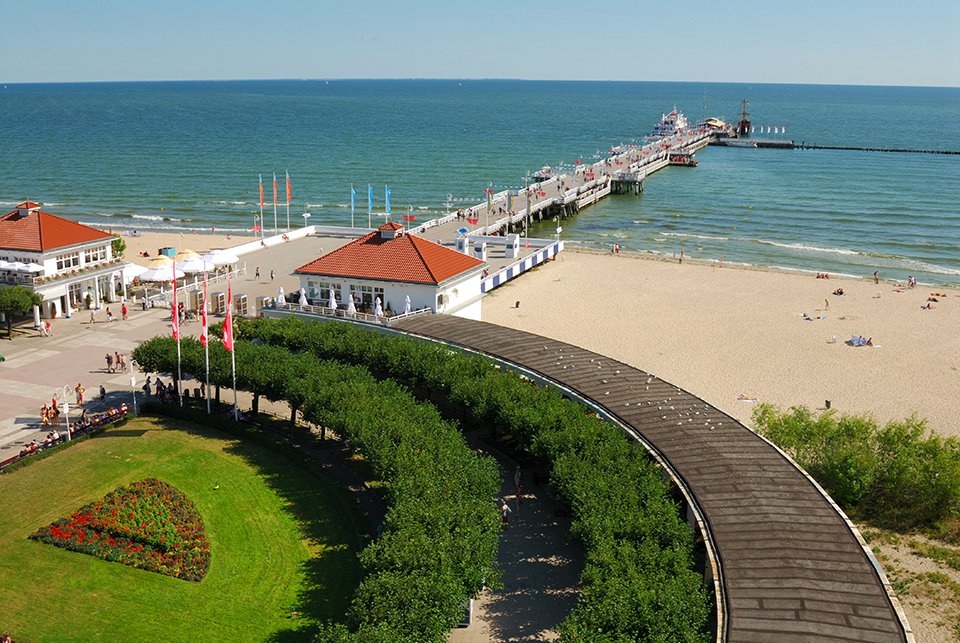
The Baltic Sea
If you like beaches, forests and long walks, go to the Polish seaside, you will find here not only beautiful views and contact with nature, but also interesting activities and entertainment in coastal cities. From Szczecin you can go on a trip to Germany, because it is right next door. But the city itself also offers attractions - e.g. you can visit the local Oceanarium. And also go to Wolin Island. The Słowińskie Coast tempts with its beautiful sandy beaches, small summer villages and the Słowiński National Park, which are great places for cycling trips. High cliffs and sandy dunes are also characteristic for the entire Polish coastline. And if you're a lover of coastal cities, head to Gdańsk. There are architectural monuments waiting for you – Gdańsk was one of the Hanseatic cities and you can still see heritage from that period there. You can also take a water tram trip from Gdansk to the Hel Peninsula, the narrowest part of Poland. In Hel you can visit an unusual sealarium. Windsurfers can also go to the Hel Peninsula – it is the best place in Poland to practise this sport. The Polish coast is a great place for both nature and architecture lovers. The coastal climate is milder than in the rest of the country – winters are warmer and summers cooler, with winds often blowing. The climate is also great for allergy sufferers, because of the high humidity of the air. The well-developed tourist infrastructure allows the most various trips to be planned. Make sure you go to the seaside!
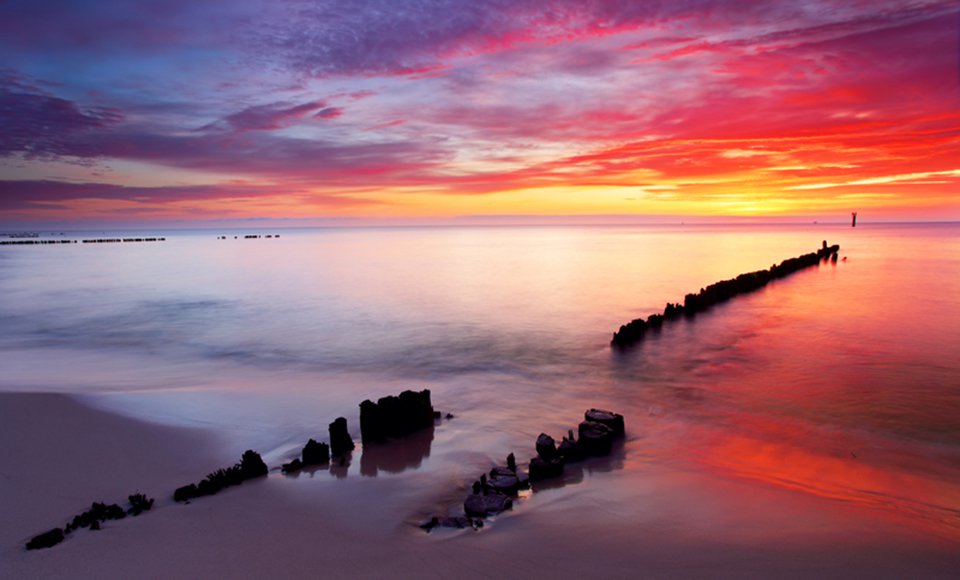
Lakes
There are many lakes in Poland, we have as many as three lake districts, i.e. geographical regions where you can find plenty of them! These are the Mazurian, Pomeranian and Greater Poland Lakelands. The Mazurian Lakes cover several separate tourist regions, including the Great Mazurian Lakes Region. These lakes from Northern Poland were formed as a result of glacial action. These are the largest lakes in Poland, offreing excellent conditions for sailing – if you like sailing, come to Mazuria. You can sail through the entire region almost without stepping on the ground, because Mazurian lakes are connected by the canal system. Waterski lovers will not be bored neither. And if you are an avid kayak enthusiast or just want to try yourself at this sport, Mazuria is for you too. Clean rivers are very attractive canoe trails. This region also hosts various cultural events, such as the Country Picnic in Mrągowo. It is best to come here in the summer, because the winters in Mazuria are long and cold – the area around Suwałki is called the Polish winter pole!
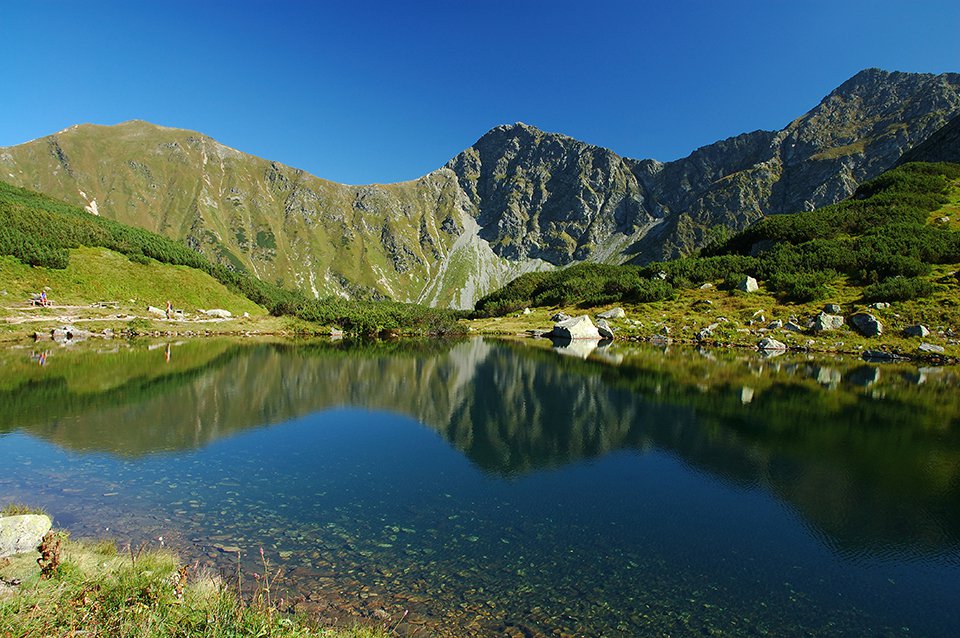
The Pomeranian Lakes include the Drawskie, Kaszubskie and Bory Tucholskie lakes. Here, the lakes are much smaller than those in Mazuria, but there are more forests, as well as rapid rivers. At the same time, it is one of the least populated areas in Poland. So if you like virgin and wild nature, then there are places for you! As these areas are close to the sea, the climate is also mild.
Due to its geological history, the Wielkopolskie Lake District is home to many small lakes. Agriculture developed here, because both the terrain and the climate are very conducive to this. Wielkopolska is a region for those who like to visit the cities, appreciating occasional trips to the countryside. Here, you will not experience such contact with virgin nature as in the Tuchola Forest, but instead you can go for a nice picnic outside the city. On the other hand, there are numerous cultural and historical monuments, which you will find in the towns of the Wielkopolska Lake District. Are you interested in UFOs? Visit the village of Wylatowo, where you will find mysterious corn circles.
Plains
Poland is a very diverse country in terms of landscape – if you like a peaceful and harmonious landscape, the Polish lowlands will delight you. You will find here beautiful glades, old primeval forests, forests full of fruit and mushrooms, and of course cities, towns and villages – because the lowlands have always been the best site for the development of settlements.
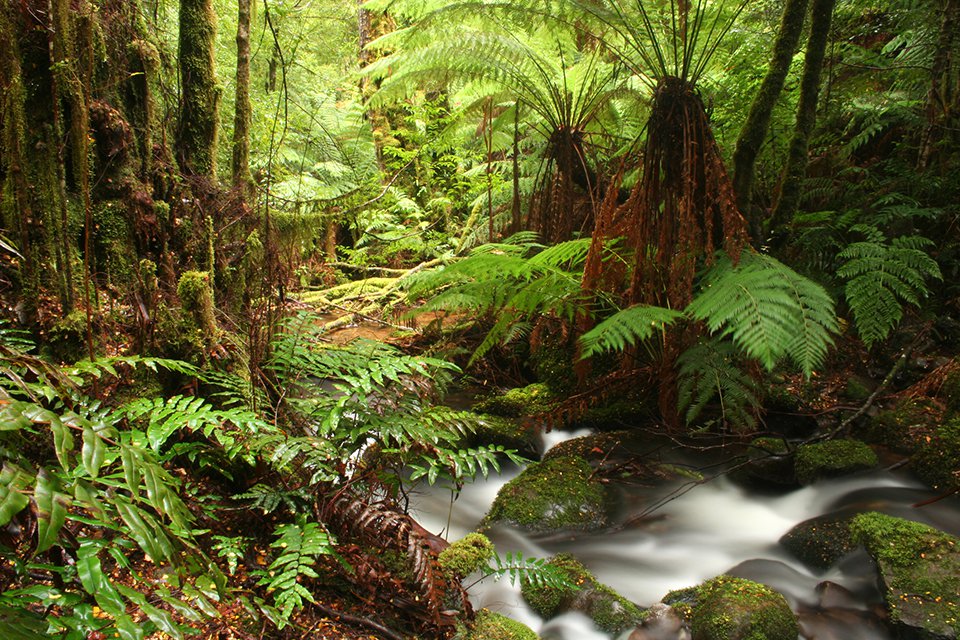
The Mazowieckie and Podlaskie Lowlands – here it is worth seeing first of all Warsaw and its surroundings, as well as the Bug River areas of Podlasie. The Mazowieckie Lowland is a valley, where rivers flow down from the higher areas. The biggest attraction of this part of Poland is the capital, Warsaw. The city itself and its surroundings are the most densely populated areas of the country. If you like big cities (and Warsaw is the biggest Polish city) with their attractions and hustle and bustle, then visit the capital. However, if you prefer to admire the charm of forests and their animals, you will also find something for yourself in the Mazovian Lowlands. Nearby (about 40 km from the centre of Warsaw) lies the Zegrzyński Lagoon, where you can sail and windsurf. For the windsurfers it is the second most important place in Poland after Hel Peninsula. Located right next to Warsaw, the Kampinos Primeval Forest is a perfect place for hiking and biking tours. It is the only national park in Europe located right next to a metropolis. The Kurpiowska Primeval Forest is a remnant of former large forest areas, but you will find here a well-developed agrotourist base and a rich range of ethnographic sites. You can buy delicious honey in Kurpie, because Kurpie is a region where you will find the best beekeepers in Poland. The Podlasie Lowland is a completely different story – here there are still the dense, virgin Białowieża and Knyszyn Primeval Forests – the beautiful nature and numerous species of animals constitute an unusual attraction of this area. The Białowieża Primeval Forest is one of the last primeval forests in Europe and is a UNESCO World Heritage Site. While in this region of Poland, you can also visit Żelazowa Wola, where Chopin was born. The climate in the Central Poland Plain is already much more continental – there are greater differences in daily temperatures, the summer is quite long and it starts earlier than in other regions of Poland.
The Silesian Lowland - Wrocław and its surroundings, Lower Silesia. The landscape of this lowland is mainly beautiful, green fields, gentle flowing rivers, and sometimes small ponds. These are agricultural areas, also due to the mild climate – it is in Lower Silesia that the vegetation period of the plants lasts the longest. Although it is not a large region, it offers a lot of attractions. Beautiful palaces, castles and manors – many of them date back to the Middle Ages. The post-German towns attract tourists with their extraordinary charm. You can also visit the now closed mines of gold in Złoty Stok and coal in Wałbrzych and Nowa Ruda. During World War II, the Nazis hollowed out underground rooms in the Owl Mountains (Stołowe Mountains) which have now been turned into three tourist trails.
Uplands
Gentle slopes, the oldest hills and treasure mines! Here you will find wonderful hiking trails and unusual, charming small towns. It is here that you can go to the only desert in Poland, the Błędowska Desert, which covers an area of about 33 square kilometres. It’s not far from Katowice.
Krakow is located in the Małopolska Upland, which is the oldest geological area of Poland – so if you like to climb and walk through caves, visit this region, a true paradise for potholers! The gentle character of the Świętokrzyskie Mountains is conducive to hiking. Krakow itself is the historical capital of Poland. From here you are close to the mountains – just two hours by train or car and you are in the capital of the Tatra Mountains, Zakopane. The climate of the Małopolska Upland is damp – it often rains
and temperature variations are quite high.
The Lublin Upland: Lublin, Roztocze and the Łęczyńsko-Włodawskie Lake District. The Lublin Upland is covered with limestone and loess with beautiful valleys and ravines, as a result of which the landscape of the area is very picturesque. Nature lovers should go to the Roztocze district, the unspoilt nature and beautiful, clean rivers are something worth seeing. If you prefer history, visit Lublin – this extraordinary city has been a true cultural melting pot for centuries, and traces of this can still be seen today. For those who like to combine natural trips with admiring architecture and learning about history, the best place will be Puławy and Kazimierz Dolny, located on the Vistula River. In Puławy you can see a beautiful park, once owned by the Czartoryski princes. In turn, Kazimierz Dolny is a charming small town, where there are plenty of nice pubs, cafes and galleries – because many artists live here. You can come here from Warsaw or Lublin, because both of these cities are quite close! The climate of the Lublin Upland is continental, the summer is long and warm, and the winter can be harsh.
The Sandomierska Valley is mainly made up of river valleys, as well as the vast Solska Primeval Forest. Just like in the Lublin Upland, it has a continental climate, and many sunny days a year. It is worth visiting Zamość and Sandomierz.
Mountains
So varied that there’s something for everyone here. Ski enthusiasts just have to go to the Tatra Mountains. And those who want to learn – to the Beskids. Keen wanderers will find wonderful trails in the oldest Sudetenland. And if you want to climb high peaks, go to the Carpathians. It is in the Carpathians that the "winter capital of Poland" is located – Zakopane!
The Sudetes are the oldest mountains in Poland after the Świętokrzyskie Mountains, hence the mild character of the landscape – the highest peak, Śnieżka, is 1602 m above sea level. The Owl Mountains are part of them. Just like in the Silesian Lowlands, there are many castles and former princely residences. The climate is mountainous. It is a great place for excursions, as tourism has been developing in the Sudetenland for a long time. There are plenty of hiking and biking trails, in winter there are ski lifts and the tourist base is very well organized.
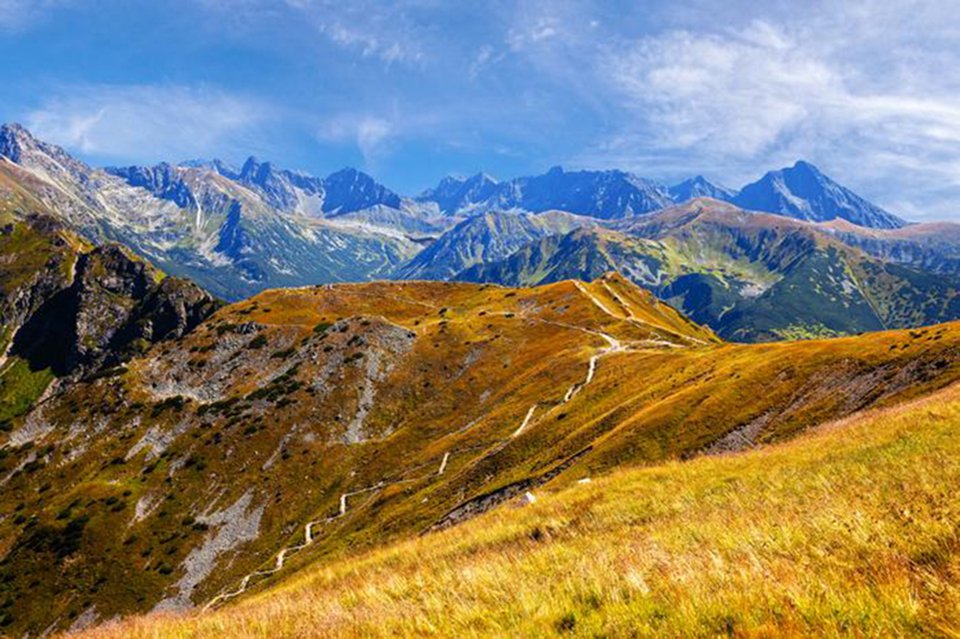
The Carpathian Mountains is the most important and popular tourist region in Poland. Depending on the type of rock from which they hace grown, the Carpathian mountains may be either softer or sharp and jagged. The Beskid Mountains are mild mountain ranges, while the Tatra Mountains present a typical high mountain character. In the Pieniny Mountains, adjacent to Podhale and the Tatra Mountains, you can enjoy an exciting trip on the Dunajec River. In the small towns of Pieniny and the Beskid Mountains you will find a well-developed tourist base. It is worth going to Szczawnica from where it is close to the Homole Gorge – a completely unique place. If you like a calmer hike with views of the picturesque countryside and soft slopes, head for the Beskidys or Bieszczady Mountains. Do you prefer challenges, effort and the view of bare peaks and crystal clear mountain lakes? Go on one of the many Tatra trails. While in the Tatra Mountains, visit the capital of Podhale – Zakopane – where you will find unusual architecture characteristic only of this region of Poland, called the Zakopane style. From Zakopane you can set off not only on high mountain trails, but also on trips to the surrounding villages, sometimes looking like live open-air museums. The Podhale region is a region where folk culture is still alive – in every village there are folk artists who make wooden furniture and sculptures, paint pictures on glass and make regional shoes and leather belts. This is the only place in Poland where people wear traditional folk costumes on holidays. It is also the place where traditional folk instruments are still played. All this makes Podhale a completely unique place in the whole of Poland. Here you can buy unique cheeses (certified by the EU) – oscypek, bryndza and bundz. For Poles, they are what Feta is for the Greeks, and Camembert is for the French. Whatever you choose, always remember that the climate of the Carpathians is typically mountainous, the weather can change very rapidly, there is a lot of rainfall, and the higher it gets, the colder it is.
Agrotourism
“Wakacje pod gruszą”, i.e. agrotourism, are an increasingly popular form of tourism in Poland. For villagers it is a good source of additional income, and for you it is a great alternative to traditional travel and accommodation in hostels or shelters. Often it is also a cheaper form of rest. Agritourism farms offer many attractions. You can take a closer look at animal breeding, try home-made baking bread, cheese and home-made cold meats. The hosts offer their guests various entertainments: horse riding, carriage rides, bonfires and many other attractions. Agrotourism is connected with the promotion of organic agriculture. For those who love ecology and nature, this is the perfect way to spend their free time! If you want to experience an unforgettable adventure, go to an agritourism farm in any part of Poland – the most popular destinations are Mazuria, Warmia, Kurpie and Lower Silesia. You will find offers online, especially at www.agroturystyka.pl.
Festivals
Poland is the organizer of many world-class festivals, such as Open'er Festival in Gdynia, Orange Warsaw Festival in or Przystanek Woodstock. Live music fans can access the current list of concerts and festivals on the website: http://www.efest.pl/kalendarz/







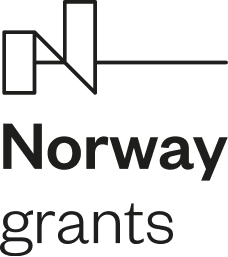
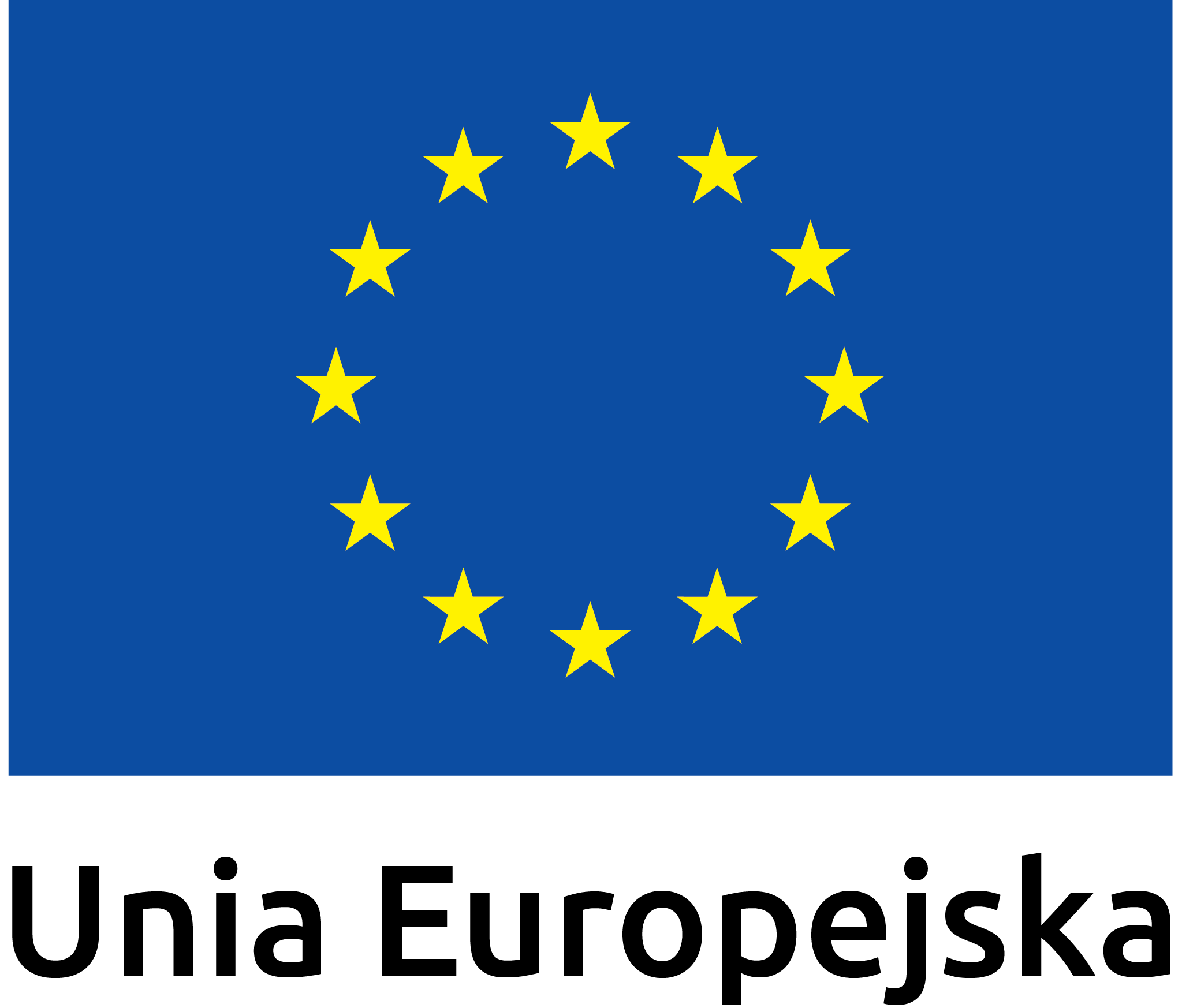

 MANY QUOTES IN ONE PLACE
MANY QUOTES IN ONE PLACE  POSSIBILITY OF CHANGING GENERATED QUOTES
POSSIBILITY OF CHANGING GENERATED QUOTES  WE WILL ASSIST YOU THROUGHOUT YOUR STAY IN POLAND
WE WILL ASSIST YOU THROUGHOUT YOUR STAY IN POLAND